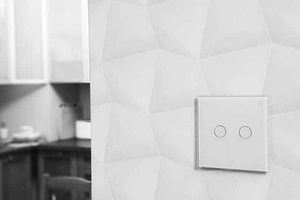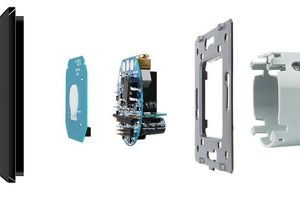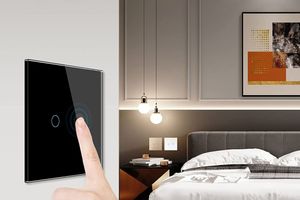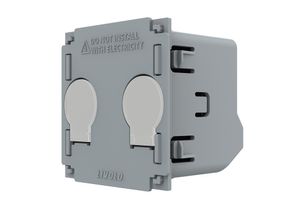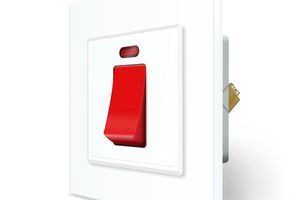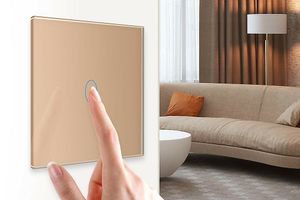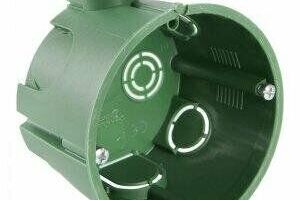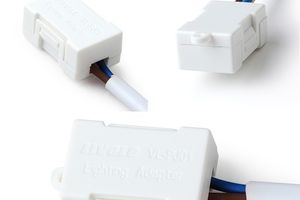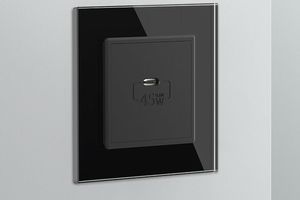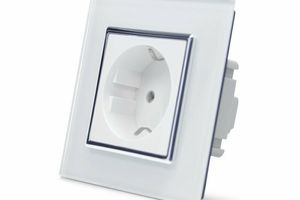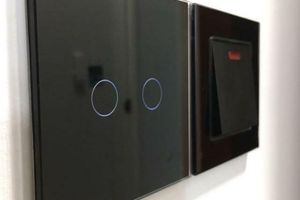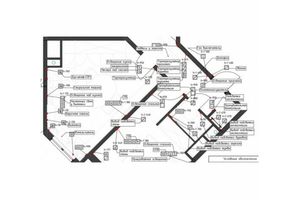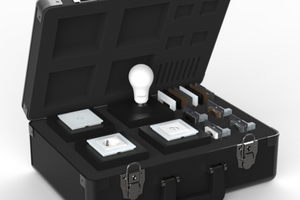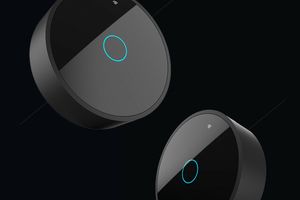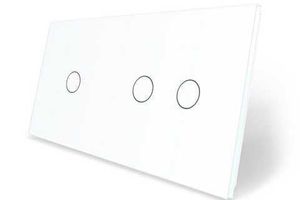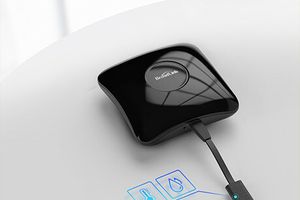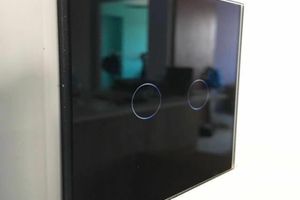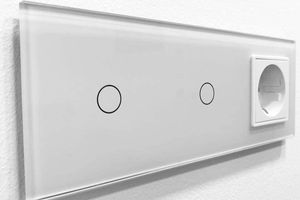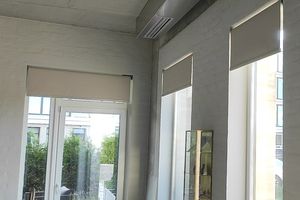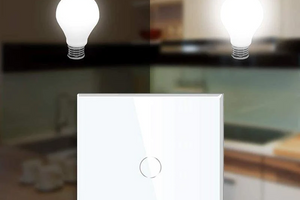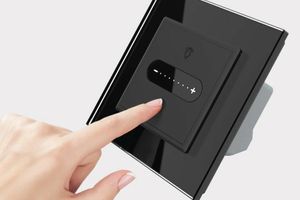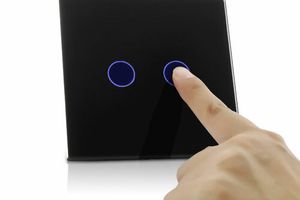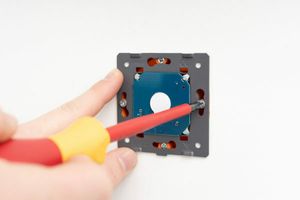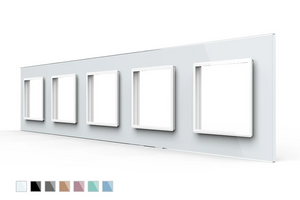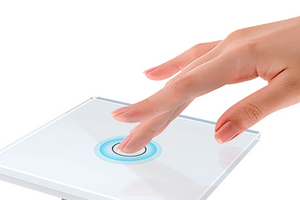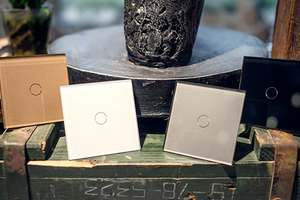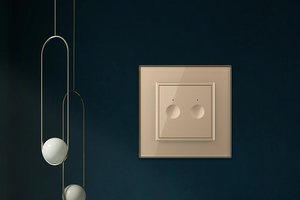Light switches are a common feature in every home or office. They play a crucial role in our daily lives, allowing us to control the lighting in our environment. However, most people don't give much thought to light switches beyond their basic function. In this article, we will explore everything you need to know about light switches, including their types, components, and how they work.

Types of Light Switches
There are several types of light switches available in the market, each with unique features and benefits. The most common types include:
-
Toggle Switches - These are the most common type of light switches. They feature a lever that moves up or down to turn the lights on or off.
-
Dimmer Switches - These switches allow you to adjust the brightness of the lights. They are commonly used in bedrooms and living rooms to create a cozy atmosphere.
-
Timer Switches - These switches come with a built-in timer that automatically turns the lights on and off at specific times.
-
Smart Switches - These switches can be controlled remotely using a smartphone app. They also allow you to set schedules and monitor energy usage.
Components of Light Switches
Light switches may seem simple, but they are made up of several components that work together to control the flow of electricity. The main components include:
-
Switch Body - This is the main housing that holds the other components together.
-
Switch Contacts - These are the metal pieces that make contact to complete the electrical circuit.
-
Actuator - This is the part of the switch that you physically press to turn the lights on or off.
-
Wiring - This is the electrical wiring that connects the switch to the power source and the light fixture.
How Light Switches Work
Light switches work by interrupting the flow of electricity to the light fixture. When you flip the switch, the contacts inside the switch make or break the electrical circuit, depending on whether you want the lights to be on or off.
In a typical toggle switch, there are two contacts that touch when the switch is in the "on" position, allowing electricity to flow to the light fixture. When you flip the switch to the "off" position, the contacts separate, cutting off the flow of electricity.
In a dimmer switch, the contacts are designed to vary the amount of electricity flowing to the light fixture, allowing you to adjust the brightness of the lights.
Light switches are a simple yet essential part of our daily lives. Understanding the different types of switches, their components, and how they work can help you choose the right switch for your needs and ensure that your lighting system operates efficiently. Whether you're looking for a basic toggle switch or a smart switch that you can control with your phone, there is a switch out there that will meet your needs.



















































